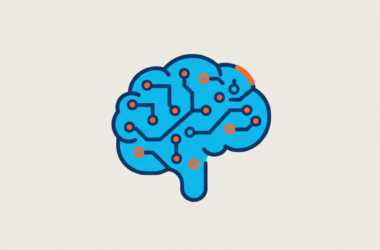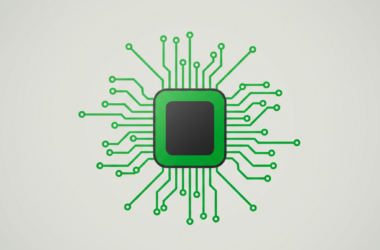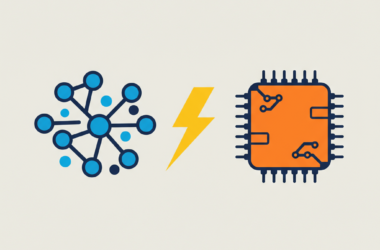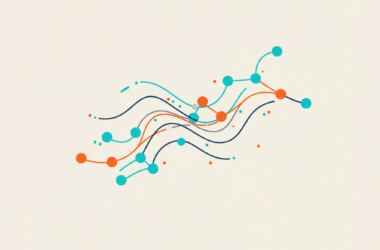
The evolution of Gradio marks a significant milestone in the development of accessible AI web applications. Originating as a straightforward Python library to help researchers quickly demo computer vision models, it has now become an indispensable tool for over one million developers who build and share AI-driven web applications. Gradio has powered renowned open-source projects such as Automatic1111’s stable-diffusion-webui, Oobabooga’s Text Generation WebUI, Dall-E Mini, and LLaMA-Factory.
Further insights and technical updates about this journey are available on GitHub, offering a detailed look at Gradio’s evolution from a minimal demo tool to a comprehensive solution for machine learning applications.
A retrospective analysis of Gradio’s development reveals several strategic principles that have driven its success over the years. Initially launched as a simple interface for demoing computer vision models at Stanford, the platform’s design philosophy has continually evolved to meet the ever-changing needs of the developer community.
Key lessons drawn from Gradio’s progression include:
- Investing in robust primitives over high-level abstractions: In its early days, Gradio offered a high-level interface that instantly created complete web applications from single Python functions. However, as developers began designing more diverse and complex projects—such as chatbots, multi-step workflows, and real-time streaming applications—the need for greater flexibility became apparent. This led to the introduction of a low-level API known as Gradio Blocks, which now powers the majority of applications built on the platform. This strategy avoided common pitfalls, such as the burdens of excessive customization and the inefficiencies of rewriting code when unexpected requirements emerged.
- Focusing on a growing niche: Rather than trying to serve all web development needs, Gradio concentrated on building machine learning web apps. This focused approach allowed the creation of features that directly cater to the complexities of AI workflows, including specialized components and a shareable link mechanism that made it easy for users to distribute their applications. The integration with platforms like Hugging Face Spaces further solidified Gradio’s position as the user interface of choice among machine learning professionals.
- Building for specialized use cases: A critical strategic decision early on was to tailor Gradio specifically for machine learning web applications, rather than positioning it as a general-purpose Python web framework. This decision helped differentiate Gradio amidst a crowded ecosystem by offering built-in features optimized for AI tasks, such as efficient task queues that manage long-running processes even under heavy user loads.
- Embracing rapid iteration: Instead of adhering to a fixed roadmap, Gradio’s development team continuously responds to emerging trends in the machine learning space. This agile approach allows them to introduce new features that align with community demands while retiring aspects that have become less relevant. The decentralized process encourages each team member to identify and prototype ideas swiftly, ensuring that the platform evolves in tune with user needs.
- Maximizing the versatility of outputs: Each Gradio application not only launches as a web interface but also comes with an API endpoint for every Python function. This design provides developers with multiple ways to integrate and consume Gradio’s outputs—whether running locally, deploying them on cloud platforms like Hugging Face Spaces, or embedding them within larger systems. This flexibility ensures that developers extract the highest possible value from every interaction with the library.
The growth of Gradio is a testament to the effectiveness of a well-defined focus on the niche requirements of machine learning, continuous iteration based on user feedback, and the use of powerful, low-level building blocks that drive innovation. As the platform continues to evolve and capture the attention of developers worldwide, the team remains committed to pushing the boundaries further, setting the stage for even greater adoption in the future.

Image credit: Hugging Face – Blog








